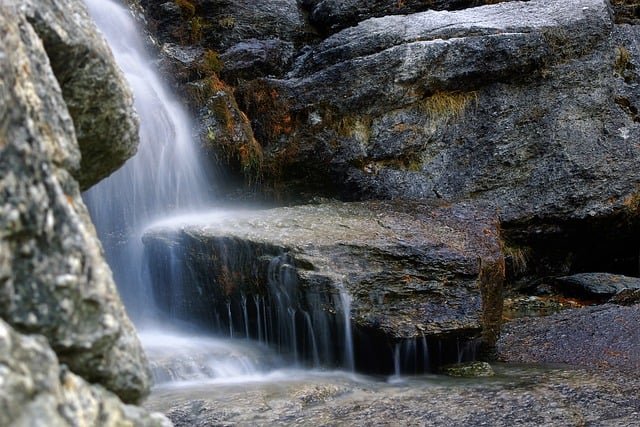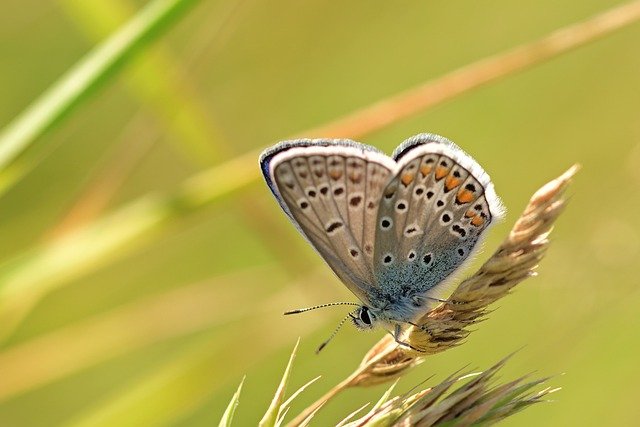**Title: "The Hidden Wonders of Urban Nature: Discover

The Hidden Wonders of Urban Nature
Urban environments are often perceived as concrete jungles, filled with towering skyscrapers and bustling streets. However, beneath the surface of city life lies a vibrant and diverse ecosystem that is waiting to be discovered. In this post, we will explore the hidden wonders of urban nature, showcasing the beauty and resilience of wildlife and greenery in our cities.
1. Green Spaces: Oases in the Concrete
Cities around the world are increasingly recognizing the importance of green spaces. Parks, community gardens, and green rooftops provide essential habitats for various species and offer residents a breath of fresh air. Some notable examples include:
- Central Park, New York City: A sprawling 843-acre park that serves as a sanctuary for both wildlife and city dwellers.
- Millennium Park, Chicago: Known for its stunning architecture and art, this park also features gardens that attract birds and butterflies.
Benefits of Green Spaces:
- Improve air quality
- Reduce urban heat
- Enhance mental well-being
2. Wildlife in the City: Nature's Adaptability
Urban areas are home to a surprising array of wildlife that has adapted to city life. From birds and squirrels to foxes and raccoons, these creatures have found ways to thrive in our bustling environments. Some fascinating examples include:
- Peregrine Falcons: Often nesting on skyscrapers, these birds of prey have made a remarkable comeback in urban settings.
- Urban Bees: Cities provide a rich source of nectar and pollen, making them ideal habitats for bees, which play a crucial role in pollination.
Tips for Spotting Urban Wildlife:
- Visit parks during early mornings or late afternoons when animals are most active.
- Look for birdhouses or nesting boxes installed in trees or on buildings.
3. Community Engagement: Connecting with Nature
Many cities are fostering community engagement through initiatives that promote urban nature. Volunteer programs, nature walks, and educational workshops help residents connect with the environment around them. Here are a few ways to get involved:
- Join a Local Conservation Group: Participate in tree planting, clean-up days, or wildlife monitoring.
- Attend Nature Workshops: Learn about local flora and fauna, and discover how to create a wildlife-friendly garden at home.
4. The Future of Urban Nature: Sustainability and Innovation
As cities continue to grow, the integration of nature into urban planning is becoming increasingly important. Innovative solutions, such as vertical gardens, green roofs, and urban forests, are being implemented to enhance biodiversity and promote sustainability.
Examples of Innovative Urban Nature Projects:
- The High Line, New York City: An elevated linear park built on a disused railway line, showcasing native plants and providing a habitat for urban wildlife.
- Bosco Verticale, Milan: A pair of residential towers covered in thousands of trees and plants, creating a unique urban ecosystem.
Conclusion
The hidden wonders of urban nature remind us that even in the busiest of cities, life flourishes in unexpected ways. By exploring and appreciating these natural spaces, we can foster a deeper connection with our environment and contribute to the health of our urban ecosystems. So next time you find yourself in the heart of a city, take a moment to look around—you might just discover a hidden gem of nature waiting to be explored!
Join the Conversation!
What hidden wonders of urban nature have you discovered in your city? Share your experiences and photos in the comments below! 🌿🐦🌼

All images are taken from the Pixabay.com
Upvoted! Thank you for supporting witness @jswit.